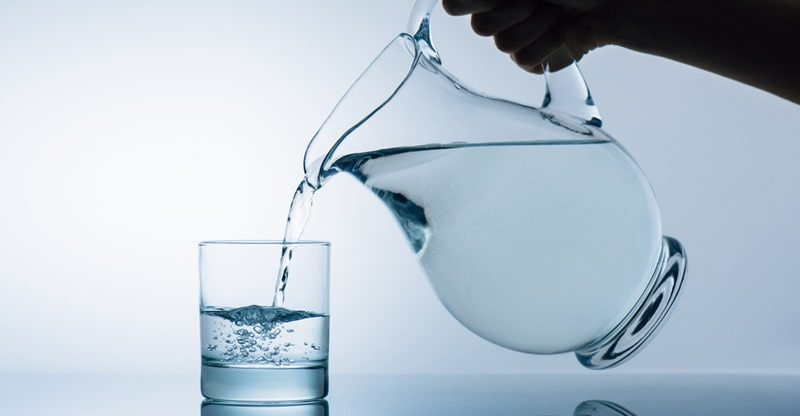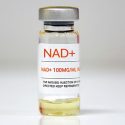5 Top Water Trends For This Year
Water is the quintessential element for all life on Earth. It by itself is not a mere trend, but the most important sustainability factor that has ever existed. However, just like with anything these days, people have found new ways to use water or revolutionize the way we think about it.
We will be exploring all of the trends and important topics regarding water usage, water manipulation, and water treatment that have made an impact on our everyday lives the way that not many other trends could even fathom.
1. Remineralization
You probably own a water filter, purifier, or water softener. Since the majority of Americans are concerned about tap water quality, this would make sense, right? Anyway, if you do own such a device, the main thing lacking from your water is minerals.
Yeah, the taste isn’t great but at least you’re not ingesting lead, arsenic, sediment, and numerous other types of pollutants. However, you can now find re-mineralization methods on the market, such as reverse osmosis systems with this feature or even purifiers that give you the option to add the minerals back after the purification process.
Not only that, but remineralization is also essential for health. You see, when you soften water, you almost inevitably take out the calcium and magnesium crystals which form limescale. But one thing people don’t get is that hard water is actually recommended for drinking. Sure, it damages appliances, but humans aren’t appliances, and they need those minerals in their diet.
To avoid the trouble of going through remineralization, we recommend trying out a water descaler, such as the ones seen at Yarna.
2. Water Disinfection
Sadly, water disinfection is a need that’s constantly getting bigger and bigger. Since 2.1 billion people lack access to clean water, it’s no wonder that disinfection methods are starting to get popular.
One of the most well-known and respected of these methods is UV disinfection. The UV-C rays emitted by a UV water purifier are similar to those emitted by the sun. They basically attack microorganisms at their DNA level and disable them.
However, this particular method has a defect, mainly that the water needs to be clear and free from solids so that the UV rays can reach and disable the organisms. As such, you need to pair it with another filter to make it work properly.
Fortunately, there are also other disinfection methods such as chlorination, purification, distillation, and so forth. Whatever your choice may be, this is one trend that you should absolutely follow if you care about your health.
3. Real-time Water Quality Sensing
For all the downsides of hyper-technologization, there are a slew of advantages that make our lives significantly better. One of those things is comprised of smart home devices that have the capability of connecting to your water supply.
This type of device has smart sensors that can detect the level of pollution in your water supply and thus adjust your water filtration system for the best results with minimal wear and tear.
Ultimately, the filter will last much longer because of this, so you’re basically getting two advantages: longer-lasting filtration and more money left in your pocket.
4. Slimmer Filters and Purifiers
Have you seen those memes that compare people and TVs? People are getting fatter, and TVs are getting slimmer – that’s the main idea behind them. Anyway, that’s the idea with filters and purifiers as of now – they are getting slimmer.
Not long ago, the main complaint with whole house water filters was that they took up way too much space. Nowadays, you can easily find filters with a slim profile that can easily fit under the sink. And the best part? The price difference isn’t usually all that noticeable.
5. The Reuse of Wastewater
People are becoming significantly more aware about the drinking water problem. They are constantly beginning to wonder why we waste so much water instead of reusing it. And, of course, the water industry has responded.
Traditionally, the water system would flow in a linear manner. Water would be extracted from the source, checked for quality, filtered, and then sent out to households. However, the water that would go to waste from the households would simply become wastewater and nothing more.
Now, however, more and more water plants have started to collect wastewater and use its valuable resources such as nitrogen, phosphorus, energy and other nutrients that can be recovered. This circular economy is absolutely astounding, and we can’t wait until more businesses start adopting this strategy.
Final Thoughts
What do you want to become popular when it comes to using water? Share your thoughts with us in the comment section down below and start a discussion with the rest of our community. Also, please consider sharing this article with anyone else who might be interested in this topic. Thank you!



